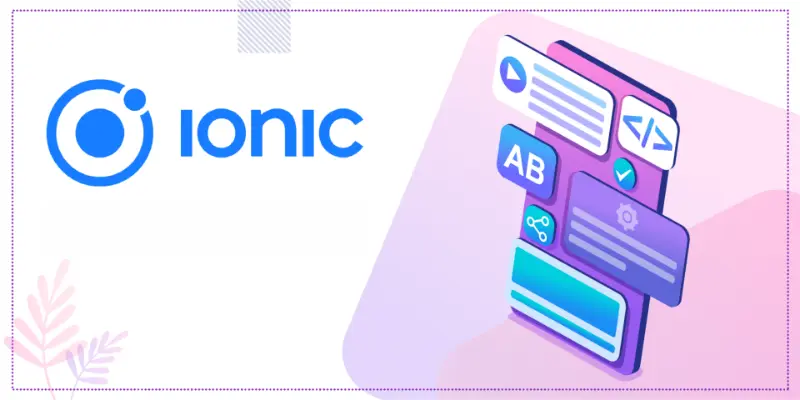
Ionic is a popular framework for building cross-platform mobile applications. It provides a rich library of components that help developers create visually appealing and functional apps. With a wide array of UI components at your disposal, it can be challenging to choose the best ones for your project. This blog highlights the top Ten Ionic components that enhance your application’s user experience, streamline development, and ensure a polished end product. For those looking to master these components, Ionic Training in Chennai offered by FITA Academy offers comprehensive courses to elevate your skills and optimize your app development process.
Header
The Ionic Header is a fundamental component for any mobile app, providing a consistent space for titles, navigation buttons, and action icons. It typically sits at the top of the screen and can be customized with various options, such as translucent backgrounds, multiple toolbar buttons, and integrated search bars. Its flexibility makes it a staple in Ionic apps.
Tabs
Ionic Tabs are an excellent way to organize content and improve navigation within your app. They allow users to switch between different views or sections quickly. The tabs component supports various styles, including bottom and top tabs, and is highly customizable to match your app’s design.
Cards
Ionic Cards are versatile components that display content in a visually appealing format. They can include images, text, and buttons, making them ideal for showcasing product details, user profiles, or news articles. Ionic cards can also be easily styled and adapted to fit different use cases.
List
The Ionic List component is perfect for displaying a collection of items in a scrollable format. Lists can show anything from simple text items to complex data structures with multiple elements. They come with built-in support for item reordering, swiping, and more, making them a powerful tool for managing data. To master using Ionic Lists and other components effectively, consider enrolling in an Ionic Online Course, which provides in-depth training and practical experience to enhance your skills and application development.
Modal
Ionic Modals present information or prompts in a separate overlay, temporarily removing focus from the main content. Modals are ideal for displaying forms, notifications, or additional details without navigating away from the current view. They can be customized with different animations and sizes to suit your needs.
Alerts
The Ionic Alert component displays important messages or prompts to users. Alerts can include titles, messages, input fields, and buttons, allowing for a wide range of user interactions. They are commonly used for confirmations, warnings, and error messages.
Popover
Ionic Popovers present additional information or actions in a small overlay above the main content. They are useful for displaying contextual actions or details related to specific elements. Different content and styles can be used to customize popovers, offering flexibility for various scenarios.
Button
The Ionic Button component is a core element for user interaction. It supports various styles, sizes, and colors, making it easy to integrate into your app’s design. Buttons can also include icons for various actions, from submitting forms to navigating between pages.
Grid
The Ionic Grid system is essential for creating responsive layouts that adapt to different screen sizes. It allows you to create complex layouts using rows and columns, ensuring your app looks great on small and large devices. The grid system is highly flexible and easy to use, making it a valuable tool for layout design.
Spinner
The Ionic Spinner component provides visual feedback to users when a process is ongoing, such as loading data or performing a task. Customizing spinners in size, color, and style is essential for improving the user experience during wait times.
Choosing the right components is crucial for building a successful application. The top Ten Ionic components highlighted in this blog—Header, Tabs, Cards, List, Modal, Alerts, Popover, Button, Grid, and Spinner—each offer unique features that can enhance your app’s functionality and design. By leveraging these components effectively, you can create a more intuitive and engaging user experience while streamlining your development process. For those seeking deeper insights and hands-on experience with these components, the Best Training Institute in Chennai provides exceptional training resources and expert guidance to help you master Ionic development and elevate your app-building skills.
Also Check: How Can I Optimize Performance In Ionic Apps Effectively?
